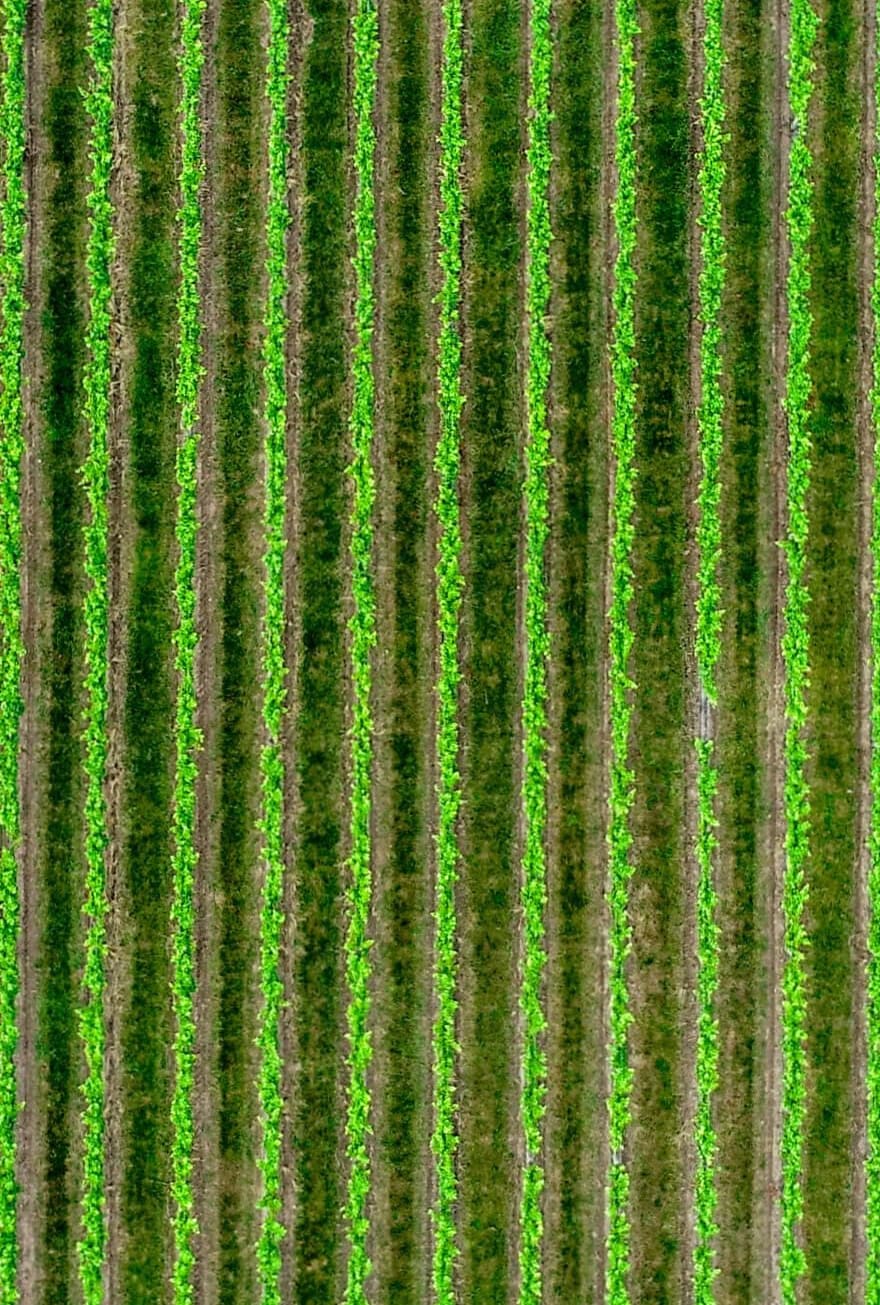Knowde Enhanced TDS
Identification & Functionality
- INCI Name
- Ingredient Name
- Ingredient Origin
- Cosmetic Ingredients Functions
- Food Ingredients Functions
- Pharma & Nutraceuticals Functions
- CAS No.
- 8028-66-8
- Ingredients
- Rewarewa Honey
Features & Benefits
- Benefit Claims
Applications & Uses
- Applications
Properties
- Flavor
- Mild, rich and malty
- Odor
- Malty
- Physico-Chemical Properties
| Value | Units | Test Method / Conditions | |
| Filtration | 200 | microns | — |
| Hydroxymethylfurfural | max. 40 | mg/kg | — |
| Tutin | max. 0.70 | mg/kg | — |
| Moisture Content | max. 18 | % | — |
| Glucose and Fructose | min. 60 | g | — |
| Sucrose | max. 5 | g | — |
| C4 | max. 7 | % | — |
Regulatory & Compliance
Packaging & Availability
- Packaging Type
- Packaging Available
Midlands Apiaries is a leading New Zealand Honeydew honey packer. We provide a range of packing options when it comes to honey delivery. Orders are packed into containers or pallets in jars, pails, steel drums or IBC. Other selected packaging options may be available on request. Sizes include;
Square Plastic Jars:
- 1kg
- 350g
- 375g
- 500g
- 250g
Hexagon Plastic Jars
- 250g
- 500g
- 1kg
Round Plastic Jar
- 120g
- 250g
- 340g
- 500g
Round Glass Jars
- 250g
- 400g
Squeezy Bottles
- 1kg
- 450g
Single Serve Honey Solutions
- Lozenges
- Crystals or Powder
- Snap Packs
- Gummies
Storage & Handling
- Shelf Life
- 4 years
- Storage/Shelf Life
Honey is a naturally non perishable product with a low food safety risk. If stored within recommended conditions it will have a 4 year shelf life, natural crystalization may occur.

